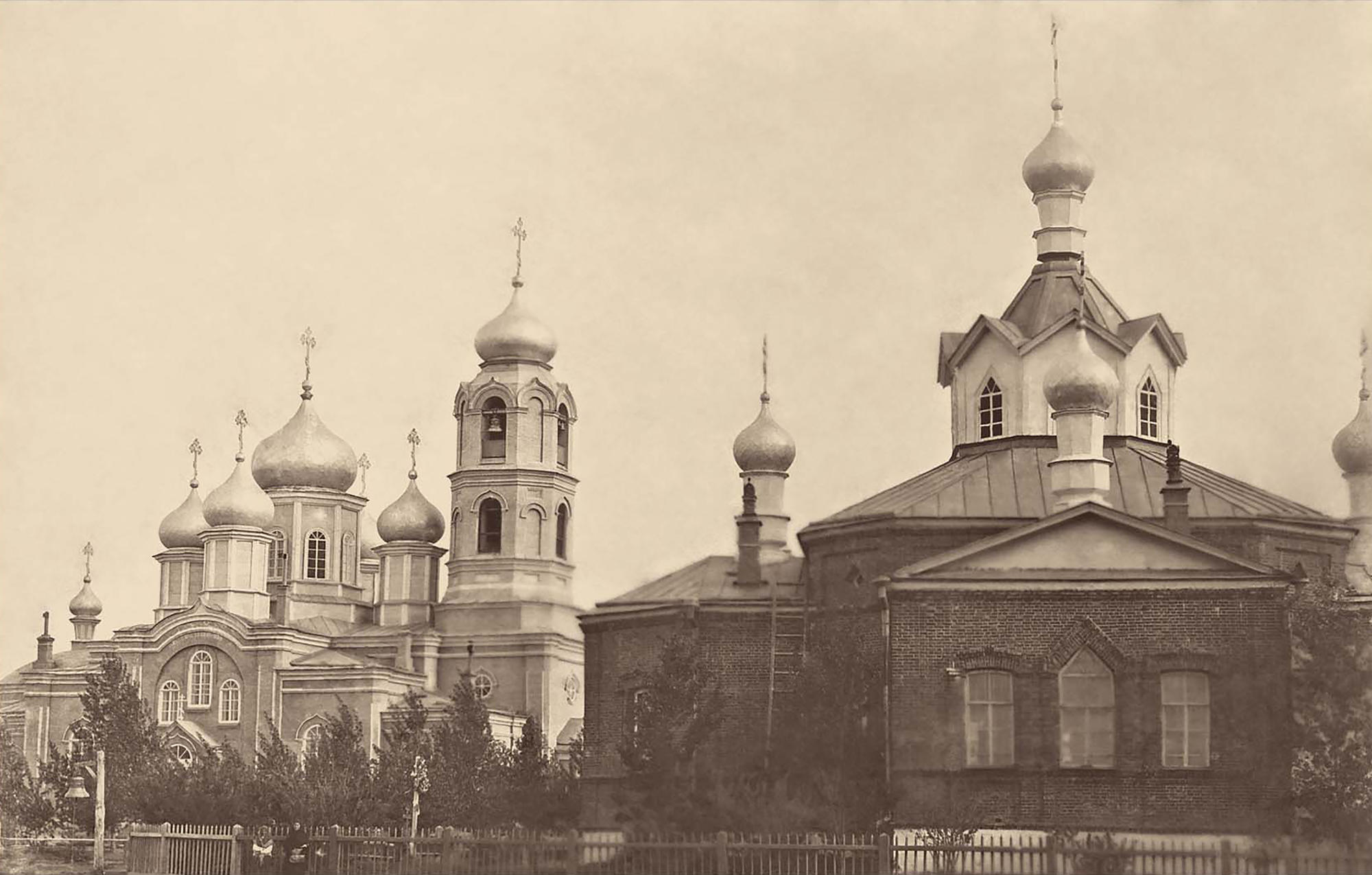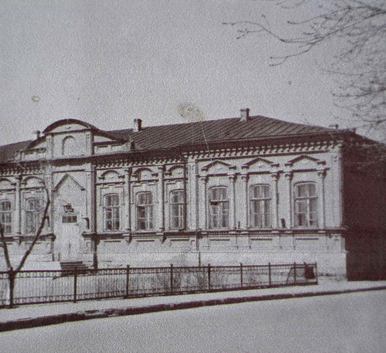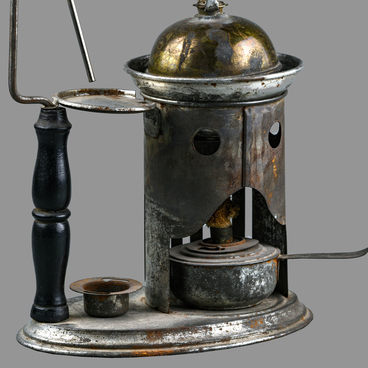In March 1885, twelve bourgeois women reached out to the bishop of Orenburg and the Urals with a formal request. They proposed the establishment of an orthodox community for women. At the same time, they made a commitment to open a free school within this community for girls, although as they were illiterate, the letter was written for them by A.P. Losev (which is indicated at the bottom of the letter). The youngest of the women was 32 years old at the time.
Upon receiving this request, bishop Veniamin II issued a decree to the local bishop, Mikhail Avraamov to develop this project. Avraamov, in his turn, visited the house of a merchant called Artemenko, where 20 women lived (a quarter of them were younger than 21).
However, the Orenburg Spiritual Chancery was not able to request the Synod to open the community, as there was no available plot of land or money to establish it. At the same time, a member of the Orsk elite, Spiridonov, then raised concerns about the allocation of the necessary funds for the convent’s creation. However, the women said that they hadn’t ask for his help. So the reasons why he became involved are not know. In response to this, in a letter to Bishop Makariy, Spiridonov, Nikiforov, Obyedkov and other donors and trustees pointed to the illiteracy, pride, obstinacy and impolite nature of the head of the monastery, Pashintseva, as well as the possibility of young women running away from the community.
In June 1888, a petition to open the community was finally sent to the Holy Synod. The Mother Superior was appointed from the City of Orenburg: it was once again Pashintseva.
Upon receiving this request, bishop Veniamin II issued a decree to the local bishop, Mikhail Avraamov to develop this project. Avraamov, in his turn, visited the house of a merchant called Artemenko, where 20 women lived (a quarter of them were younger than 21).
However, the Orenburg Spiritual Chancery was not able to request the Synod to open the community, as there was no available plot of land or money to establish it. At the same time, a member of the Orsk elite, Spiridonov, then raised concerns about the allocation of the necessary funds for the convent’s creation. However, the women said that they hadn’t ask for his help. So the reasons why he became involved are not know. In response to this, in a letter to Bishop Makariy, Spiridonov, Nikiforov, Obyedkov and other donors and trustees pointed to the illiteracy, pride, obstinacy and impolite nature of the head of the monastery, Pashintseva, as well as the possibility of young women running away from the community.
In June 1888, a petition to open the community was finally sent to the Holy Synod. The Mother Superior was appointed from the City of Orenburg: it was once again Pashintseva.
By spring 1890, a wooden church was built for the Pokrovsky Convent, which was consecrated on 30 April as the Great Martyr Paraskeva. In October of the same year, a literacy school opened for girls in the community.
In September 1898, the community was converted into the Pokrovsky Convent, abbess Evlampia as the Mother Superior.
On 10 April 1902, Evlampia asked for permission to build a stone church, living quarters for the sisters and outdoor services.
Construction on the new church was completed by 1908.
In 1915, there were 33 nuns at the convent and 85 lay sisters (around 120 people lived there permanently, and occasionally there were even more).
At the beginning of the 20th century the convent consisted of a number of different sites, built in different years: The Paraskeva wooden church, built in 1890 (it burned down in 1916), the new stone church (1902-1908), a stone vicarage, the deacon’s house, a stone complex of dormitories, three two-storey complexes, service buildings.
In September 1898, the community was converted into the Pokrovsky Convent, abbess Evlampia as the Mother Superior.
On 10 April 1902, Evlampia asked for permission to build a stone church, living quarters for the sisters and outdoor services.
Construction on the new church was completed by 1908.
In 1915, there were 33 nuns at the convent and 85 lay sisters (around 120 people lived there permanently, and occasionally there were even more).
At the beginning of the 20th century the convent consisted of a number of different sites, built in different years: The Paraskeva wooden church, built in 1890 (it burned down in 1916), the new stone church (1902-1908), a stone vicarage, the deacon’s house, a stone complex of dormitories, three two-storey complexes, service buildings.
From 1926, the convent was closed and used for military accommodation until 1993. All but the first floor of the bell tower was dismantled and the dome drums were removed. The building was covered by a single roof. A 176-seater cinema was installed in the building with a platform stage where the central altar once stood and a projection room in the gallery. The interior wall paintings were taken down and painted over. The stone church, abbess’ house, parts of the outbuildings and the stone wall were preserved.
Restoration work has been ongoing since 1999. Orsk artist Mikhail Kirilchuk restored the altar painting.
Restoration work has been ongoing since 1999. Orsk artist Mikhail Kirilchuk restored the altar painting.



